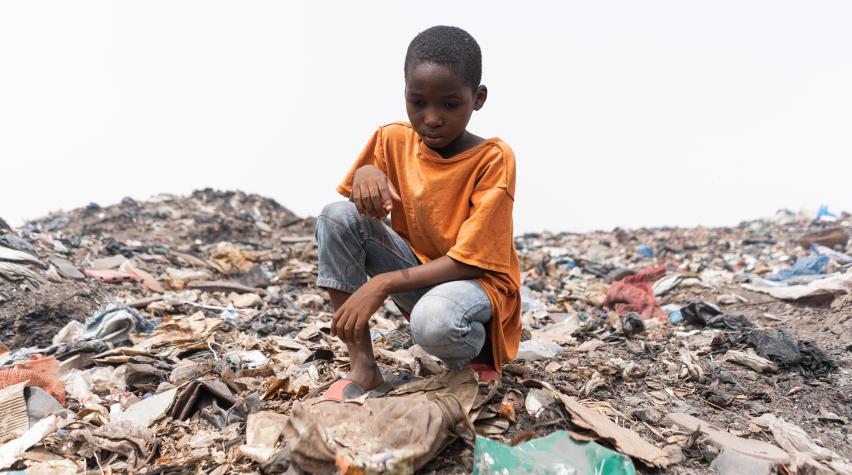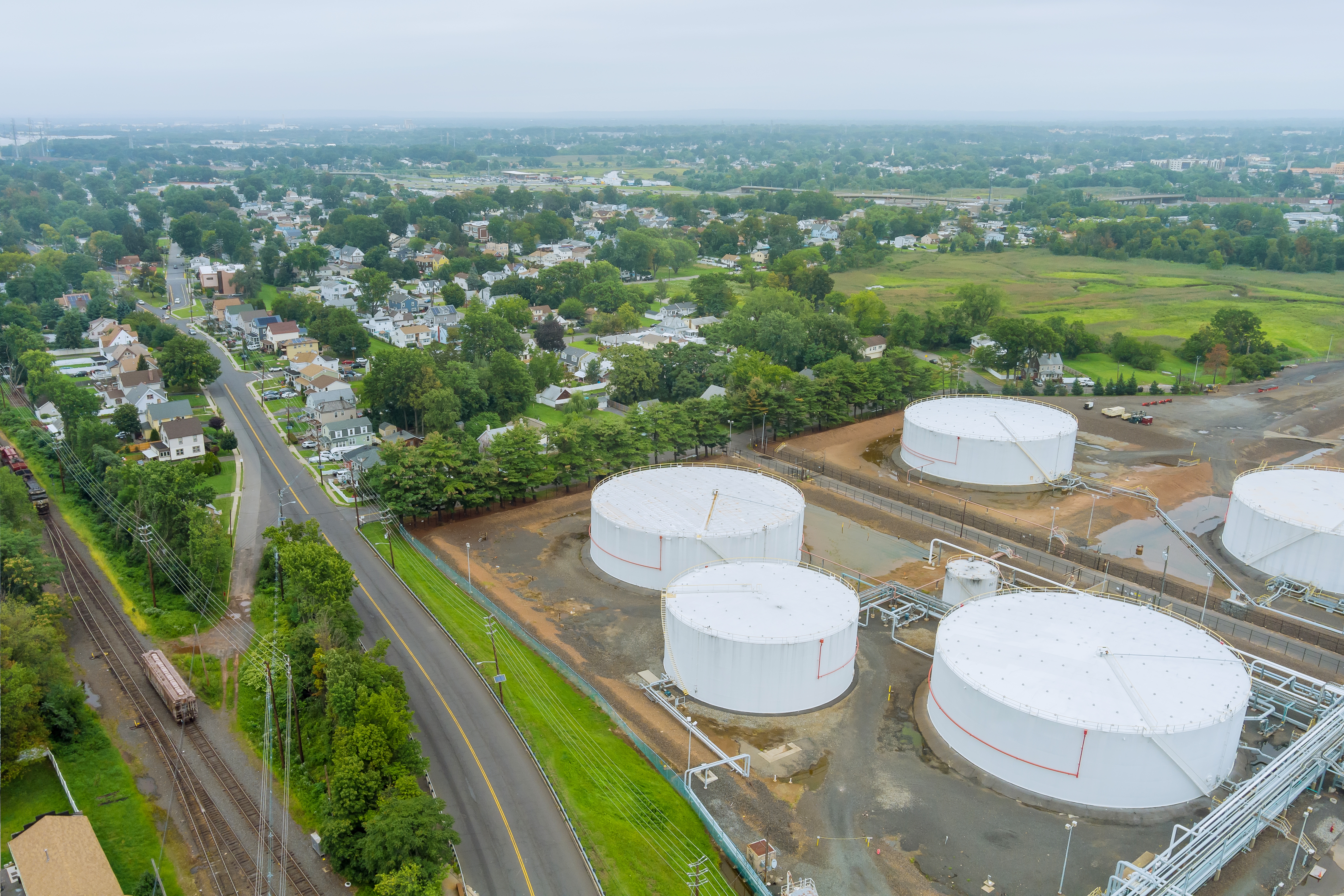
This post is one of CEP's "ChE in Context" columns that address practical concerns for chemical engineers about plastics. Technologies for recycling polymers are essential, and yet they are not sufficient. Plastics have to get into the recycle stream effectively from consumers, producers, packagers, and from planned and unplanned waste sites. Nano- and microplastics are generated during normal use, and their hazards are yet to be understood fully. Mary Ellen Ternes combines her expertise in chemical engineering and environmental law to tackle these issues. You can also find related discussions in her July 2020 ChE in Context column, “The Plastics Circular Economy,” and in her January 2024 column, "The Plastic Treaty Negotiations from a Delegate’s Perspective."
With the United Nations (UN) Global Resolution to End Plastic Pollution, the world has expressly recognized its plastics problem. Chemical engineers play a central role in all aspects of plastic, from its design and production to the development of solutions to the plastic waste problem.
When it comes to solutions such as recycling, the diversity of plastics is a problem. Uniqueness of any particular, specifically engineered, polymer product is generally an unwanted variable in recycling. These variabilities, as well as the incredible range of plastic and plastic-containing products, significantly interfere with its recovery for beneficial use.
Chemical engineers are best equipped to pare back unnecessary variation to allow more homogeneity in post-use plastic, thereby supporting beneficial recovery. Of course, recycling is only relevant for post-use plastic that can be captured before it is released to the environment. Recycling solutions ignore unrecoverable microplastic shed through use, such as tire shred, coatings, synthetic fibers, and other plastic products exposed to the environment. From a sheer mass perspective, contribution of waste from post-use plastic products is just the tip of the policy iceberg for environmental microplastics.
As pragmatic problem solvers, we recognize that successful plastic policy frameworks will necessarily acknowledge the value of plastic as well as its potential harm. There is little doubt that globally we will continue to produce and use plastic, but also little doubt that we must produce and use plastic more wisely, adjusting business models accordingly.

Photo: Woodbridge NJ: Homes and tankage and shipping, side by side.
Policy trends
Although policies do tend to change with political administrations, policy developed in response to potential harm to human health and the environment tends to stick. And even if delayed, these policies are reinforced when the harm is better characterized, leading to potential material risk for entities that produce the problematic pollutant. When policy trends mature and become codified as statute, their effects can become as certain and predictable as the laws of nature.
Plastic policy trends are crystallizing now, and it is time to start paying attention. Current and future policy directions that will greatly benefit from chemical engineering innovation focus on: prioritizing the most necessary, nonredundant, and least-problematic plastics, additives, and plastic uses; incentivizing natural alternative products and alternative approaches; ensuring capture and recovery utilizing circular economies, extended producer responsibility, and designation of acceptable beneficial uses; and minimizing microplastic shedding from products in use. Because there is no single magic bullet that will solve the plastic waste problem, there is great opportunity for ChEs to address these issues.
Policy developments
Since the publication of the July 2020 ChE in Context column, “The Plastics Circular Economy,” many more developments have been made on the policy front. For example, on Nov. 10, 2020, the UN Environment Programme’s ad hoc open-ended expert group on marine litter and microplastics issued its report highlighting the harm from plastic pollution.
The report recognized: the many ways plastic breaks down into microplastics and nanoplastics; that “biodegradable” plastics fail to meet biodegradation standards; and the danger of human exposure to microplastics, which can amplify the risk of neurodevelopmental disorders, respiratory and cardiovascular disease, and cancer, among other conditions. On Dec. 21, 2020, the U.S. enacted the bipartisan Save Our Seas 2.0 Act, which along with the Save Our Seas Act of 2018, focuses on plastic waste in the oceans as marine debris.
On Jan. 1, 2021, the 2019 Amendments to the Basel Convention on the Control of Transboundary Movements of Hazardous Wastes began limiting exports of plastic waste to other countries, including India, Hong Kong, Malaysia, and Thailand. And, while recycling is only part of the solution, in November 2021, the U.S. Environmental Protection Agency (EPA) released its National Recycling Strategy: Part One of a Series on Building a Circular Economy for All.
In 2022, the National Academies of Sciences, Engineering, and Medicine (NASEM) issued, “Reckoning with the U.S. Role in Global Ocean Plastic Waste.” As discussed in the report, the U.S., per person and as a country, generates the most plastic waste, although it has only 4.3% of the world’s population. NASEM’s recommendations include reducing solid waste generation rates; studying pollution fate and transport; and adopting comprehensive policy.
On Mar. 2, 2022, 175 countries, including the U.S., signed a UN Resolution to End Plastic Pollution, calling for completing negotiations on an international agreement by 2024. While much of the plastics focus has been on visible ocean pollution, the nation leading this global effort was Rwanda, a landlocked country. Thus, the world does recognize that land-based sources of plastic pollution cause ocean pollution, particularly where countries lack necessary infrastructure to manage plastic waste (such as in many developing countries). All countries will need to work together to address the problem.
Discussions regarding the upcoming plastic pollution international agreement are ongoing. AIChE members are engaged, and AIChE will continue to provide updates to you regarding progress in plastics policy through publications and programming, including at the 2022 Annual Meeting.
This article originally appeared in the ChE in Context column in the October 2022 issue of CEP. Members have access online to complete issues, including a vast, searchable archive of back-issues found at www.aiche.org/cep.


